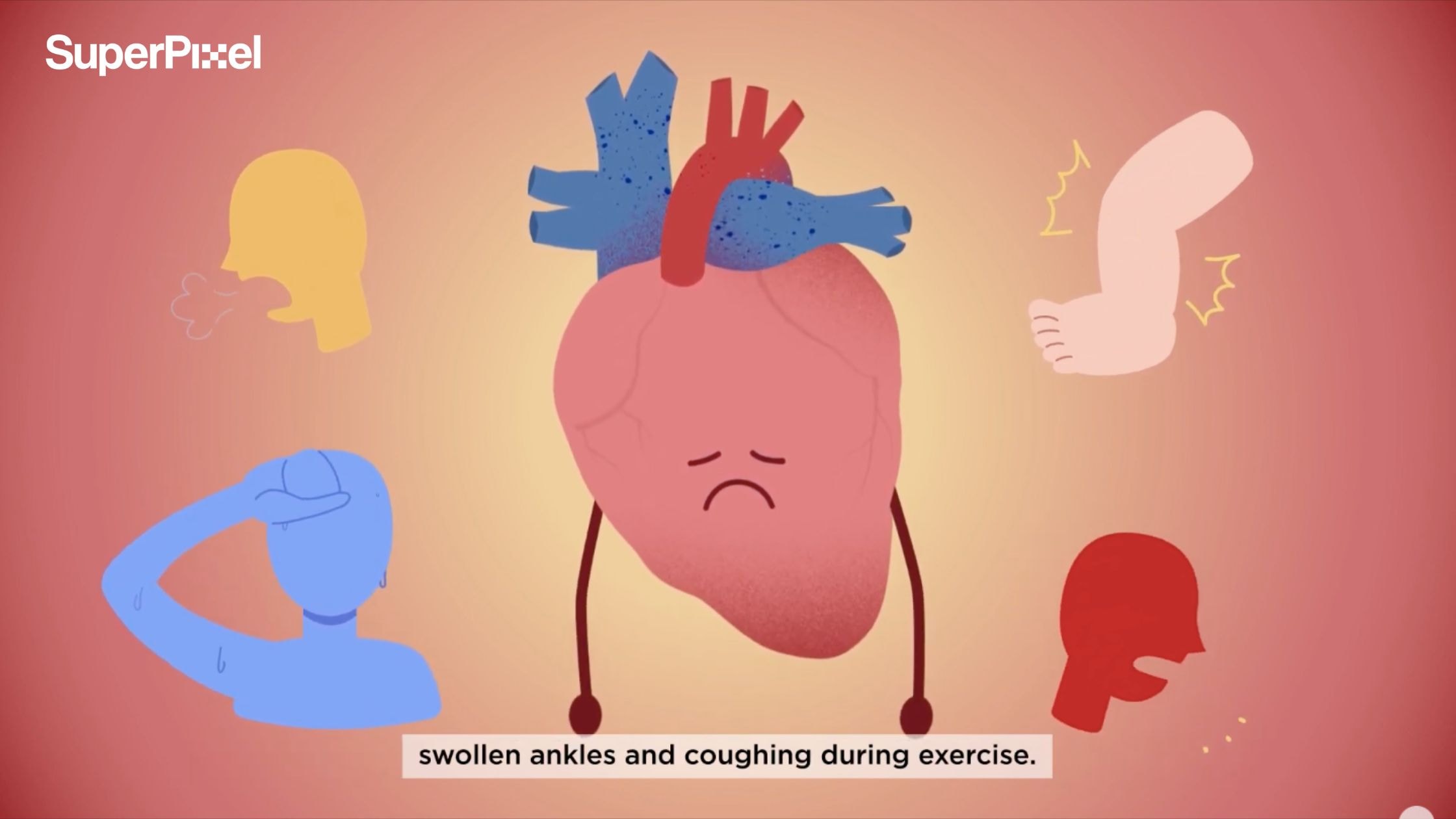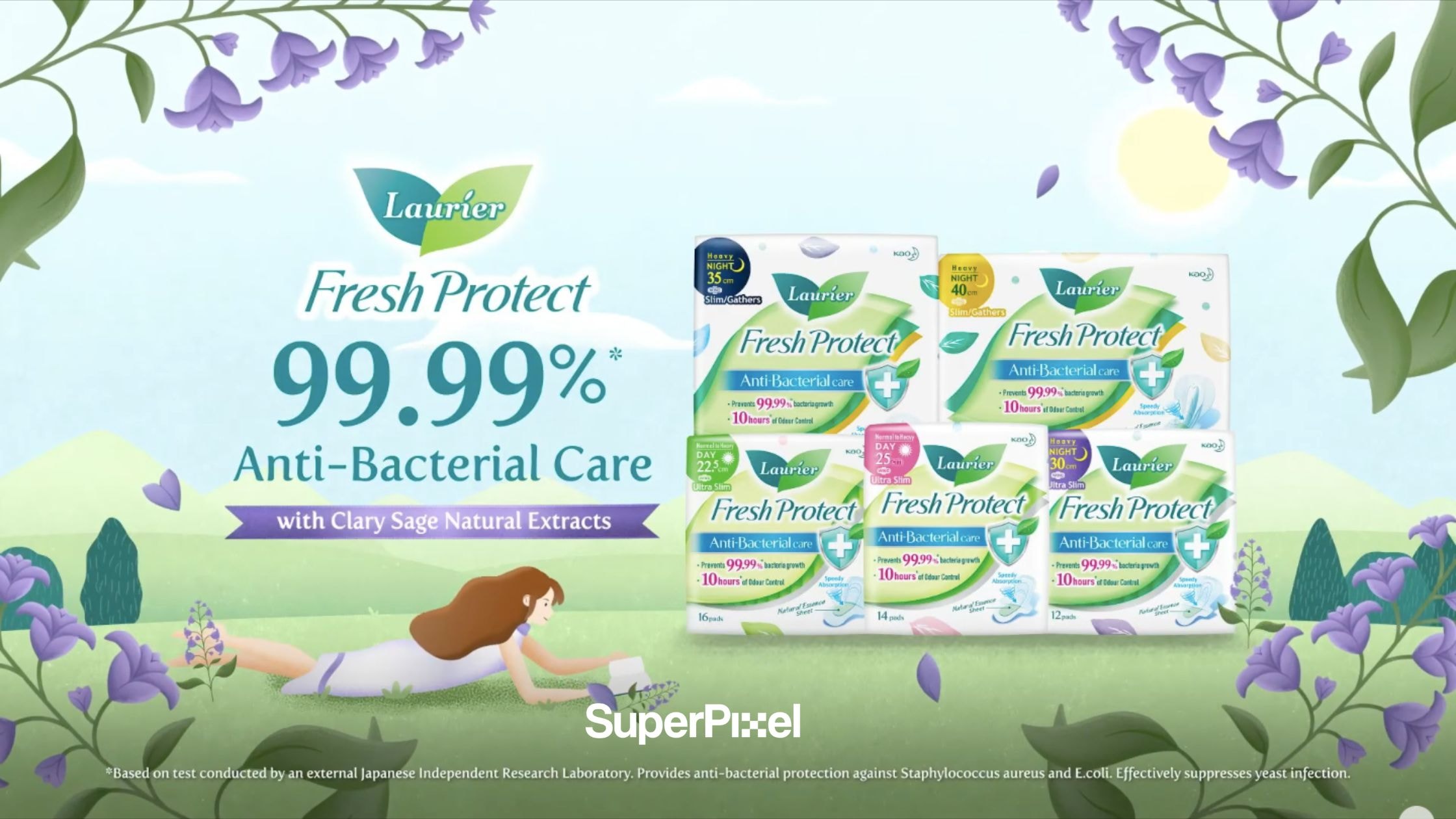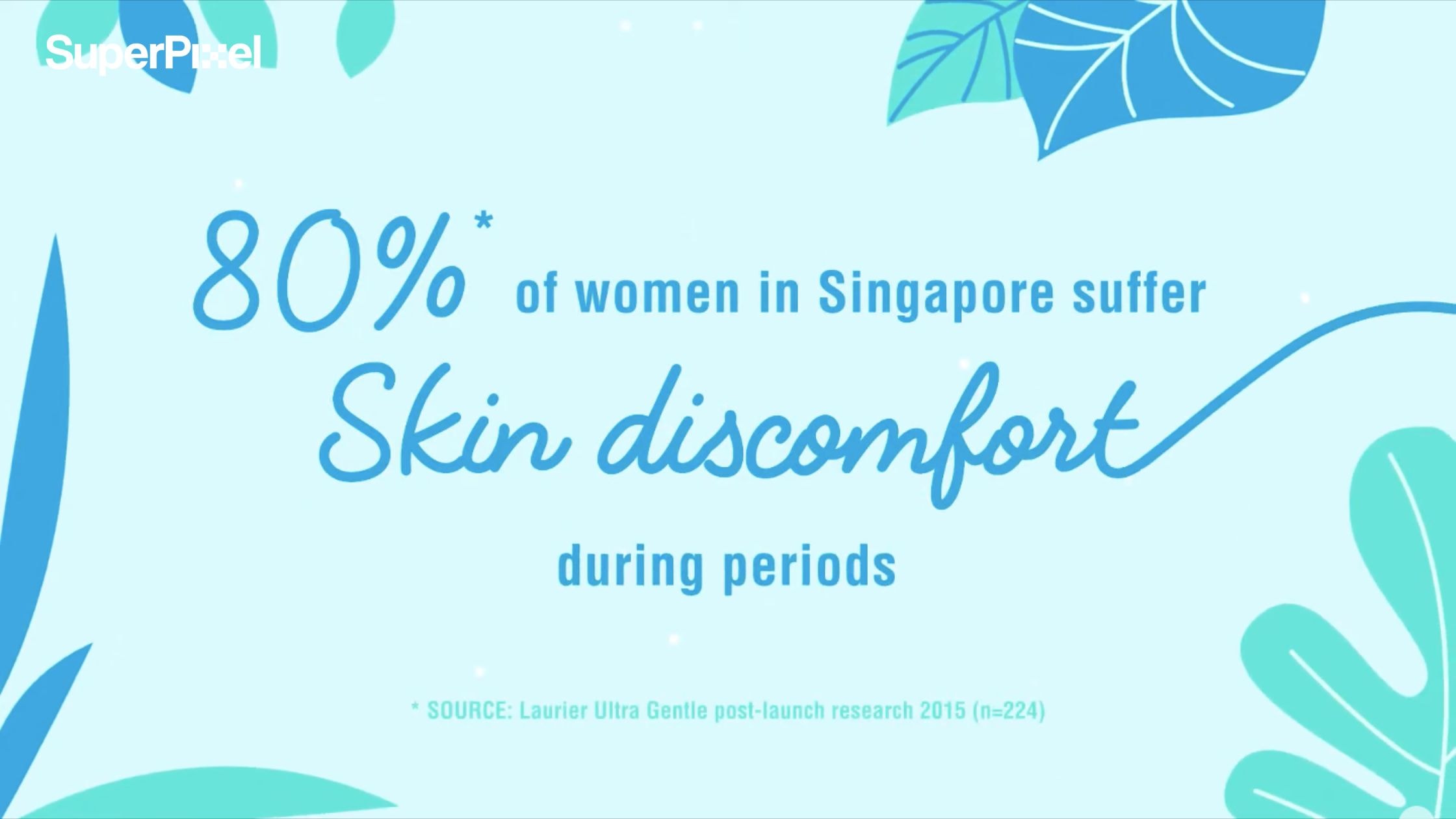Are your digital ads falling flat? You’re not alone. Business owners everywhere are seeing traditional advertising lose its grip in a world saturated with content.
Ad fatigue is real, attention spans are shorter than ever, and key messages get lost in the noise.
This guide will give you practical, profitable tips to transform your marketing with visual storytelling that truly connects.
Ready to jump on the trend and elevate your digital storytelling? Here are your key takeaways:
- Embrace Visuals: The human brain processes images 60,000 times faster than text, making animation a powerful tool for message retention.
- Know Your Audience: Tailor your animation style whether B2B or B2C by creating detailed personas to map emotional triggers.
- Structure is King: A strong narrative arc with a clear beginning, tension, and resolution is essential for any animation to succeed.
- Design with Purpose: Every visual element, from color to motion, should intentionally reinforce your core message and guide the viewer’s eye.
- Keep it Short and Sweet: A 15-second story that is rich in narrative can easily outperform a lengthy 2-minute pitch on platforms like YouTube and Instagram.

Why Visual Storytelling Converts Where Words Fail
Think about the last ad you remember. Was it a block of text or a compelling visual? Most likely the latter. There’s a scientific reason for this.
According to research cited by the Istituto Europeo di Design, the human brain processes visual information 60,000 times faster than text. After three days, we remember only 10% of textual information, but if paired with an image, that number skyrockets to 65%.
This is because our brains are wired for images and emotions. A visual story is remembered; a written line is often just skimmed.
Animation taps directly into this preference, translating data and ideas into a dynamic experience that resonates on an emotional level. It doesn’t just present information, it makes your audience feel something.
Read More: The Role of Animatic Ads in Simplifying Marketing Efforts
Understand Your Audience Before You Animate
Before diving into character designs or storyboards, stop and ask: who is this for? The success of your animation hinges on this important thing.
Your target audience are human beings, and that determines everything, such as the style, the tone, and the emotional hooks. Visual expectations for a B2B tech company will be vastly different from those for a B2C family-focused brand.
A practical tip for any decision-maker is to create detailed audience personas. Go beyond simple demographics. What are their pain points? What motivates them? What kind of visual media do they love?
Mapping these emotional triggers will provide a clear roadmap for an animation style that truly connects and persuades. Most people want a clear journey, so don’t overcomplicate it with visual noise that distracts from the most important part of your message.
Tip 1 – Build a Strong Narrative Structure for a Good Story
Animation without an interesting story is just pretty pictures. To make a real impact, your visual content needs a solid concept and narrative structure.
The most effective stories, even short animated ads, follow a classic three-part arc: a beginning as the first element that sets the stage, a middle that introduces tension or different parts of a problem, and a resolution that offers a solution.
This structure provides a familiar framework that helps readers and viewers process your message. A great example is an explainer video that simplifies a complex idea.
It introduces a common problem (the beginning), explores the challenges it creates (the tension), and presents your product or service as the hero (the resolution).
Tip 2 – Use Visual Elements to Reinforce Your Message
In business ads, every visual element should work to support your message. Color, shape, and motion aren’t just decoration; they are a form of art that helps convey tone and meaning. Bright, warm colors can evoke happiness and energy, while cool, muted tones might suggest calmness and professionalism.
Similarly, smooth, flowing motions can feel elegant, whereas sharp, quick movements create excitement. It’s also crucial to establish a clear visual hierarchy. This design principle guides the viewer’s eye to the most important part first.
As Shorthand’s 2024 guide on visual storytelling points out, the goal is for text and visuals to work harmoniously together, not just repeat each other.
By strategically using size, contrast, and placement, you can ensure your audience focuses on the key concept behind your message.
Case Study: Tiket.com x Avengers Campaign
Category: Entertainment & Travel Advertising
Tiket.com released a 45-second campaign featuring official footage from Avengers. The video concludes with a futuristic suitcase that projects a hologram, visually showing the step-by-step process of booking tickets through the Tiket.com app.
We focused on:
- Leveraging cinematic IP → Using Avengers footage to instantly capture attention and create excitement.
- Seamless brand integration → Transitioning from the movie scene to a holographic suitcase makes the booking process feel contextual and futuristic.
- Visual product demo → Ticket-booking instructions are displayed through hologram animation, making them more engaging than static text.
- Short but story-driven → In just 45 seconds, the video combines pop culture entertainment with a clear product message.
This case proved how combining pop culture visuals with interactive-style product demos can create a memorable ad that entertains while educating viewers on how to use the app.
Tip 3 – Animate to Capture Emotions and Retain Interest
For business owners, capturing audience attention is half the battle. Movement is a powerful tool for grabbing and holding that attention. Our eyes are naturally drawn to motion, and animation leverages this instinct to keep viewers engaged.
Visual media offers different ways to achieve this. Kinetic typography (animated text) can bring statistics or key phrases to life. Detailed facial expressions on characters can show the nature of emotions and forge a powerful connection with your audience.
Subtle parallax effects, where background images move slower than foreground images, can create a sense of depth and immersion. These techniques show the ability of a visual storyteller to transform passive viewing into an active experience.
The best advice is to test, refine, and learn along the course of your content journey, making your story more memorable.

Tip 4 – Leverage the Power of Music and Sound
How would your favorite animated movie feel without its soundtrack? Audio is the unsung hero of visual storytelling.
For explainer videos and ads, music and sound design can dramatically enhance the emotional impact of the visuals. An upbeat track can make your message feel exciting and optimistic, while a thoughtful melody can add a layer of sincerity.
Sound design is just as important. The right sound effects can make actions on screen feel more tangible and real. But don’t underestimate the power of silence.
A brief pause in the audio can create tension, emphasize a critical point, or give the viewer a moment to reflect. When used intentionally, audio transforms an animation from something you just watch into something you experience.
Tip 5 – Keep It Short, But Ensure a Good Story-Rich Flow
In the age of endless scrolling, brevity is key. The ideal length for your animated ad depends on the platform.
- For YouTube pre-roll ads, aim for 15-30 seconds.
- On LinkedIn, where users are in a more professional mindset, you can go slightly longer, perhaps up to 60 seconds.
- For Instagram feeds and stories, shorter is better, think 15 seconds or less.
But here’s the business insight: a 15-second story can outsell a 2-minute pitch if the narrative is strong. You don’t need a long runtime to communicate a powerful message.
While The New York Times Licensing group showcases great visual examples, a strategic approach to timing is what makes them effective in an advertising context. Focus on crafting a concise, compelling story that captures attention immediately and delivers its message efficiently.
You Might Also Like: Tech Animation: Elevating Brand Storytelling and Clarity
Case Study: Simmons – e-ION Mattress
Category: Product Explainer Animation
SuperPixel created a 2D animated video to highlight Simmons’ e-ION Mattress, designed for restful and cosy sleep. The animation explains its advanced technology, showcasing 14 natural mineral stones that emit ions to help the body rejuvenate after a busy day.
We focused on:
- Visual storytelling of product benefits → Positioning the mattress as both innovative and natural.
- Design accents → Using green tones to emphasize its natural and refreshing qualities.
- Clarity through animation → Showing the 14 mineral stones and their ion-emitting function in a simplified, digestible way.
- Lifestyle connection → Framing the mattress not just as a product, but as part of a healthier, well-rested lifestyle.
This case showed how animation can turn complex product technology into a clear and emotionally engaging message that connects with health-conscious consumers.
Tip 6 – Choose the Right Animation Style for Your Brand
The animation style you choose speaks volumes about your brand identity and influences how your audience perceives your message. Different animation formats excel in different contexts, and choosing the wrong one can dilute your impact.
2D animation is highly versatile and ideal for story-driven explainers or emotional campaigns. It works especially well for brands that want to appear friendly, approachable, and creative. It allows for expressive characters and simple visuals that keep the focus on the message.
3D animation offers a more immersive experience with depth and realism, making it the go-to choice for product demonstrations, high-impact trailers, or visualizing physical environments. Brands using 3D often want to be seen as innovative, premium, and forward-thinking.
Whiteboard animation uses hand-drawn illustrations on a plain background to break down complex topics in a clear, educational style. It’s best for explaining processes and frameworks. This style positions your brand as authoritative, informative, and focused on clarity.
Motion graphics are powerful when you need to visualize abstract ideas, present data, or enhance your brand identity in sleek, dynamic ways. This approach suits brands that want to appear tech-savvy, modern, and professional.
Choosing the right format helps your visual storytelling resonate with the audience, align with your business goals, and reinforce the emotional and strategic tone of your ad campaign.

Tip 7 – Use Data-Driven Storytelling to Build Trust
Numbers can be boring, but they don’t have to be. Animated graphs, infographics, and data visualizations are a fantastic way to build credibility and trust with your audience.
Turning statistics into a story makes complex information digestible and engaging. Instead of just stating that your product increased efficiency by 50%, show it with an animated chart that climbs upwards, visually representing that growth.
This approach is particularly effective for explainers or ads aimed at a B2B audience, where data is crucial for decision-making. By illustrating your impact with clear, compelling visuals, you make your claims more believable and memorable.
Case Study: Laurier – Ultra Gentle
Category: Health & FMCG Advertising
SuperPixel produced a 90-second animated video for Laurier Ultra Gentle, combining brand storytelling with data-driven visuals. The video not only highlighted product features but also used statistics and infographics to build credibility and trust.
We focused on:
- Visualizing data clearly → Turning key research findings and product claims into engaging animated charts and numbers.
- Balancing education and emotion → Blending factual information with soft visuals to maintain trust while staying relatable.
- Brand positioning through design → Using gentle tones and smooth animations to reflect the product’s promise of comfort.
- Extended storytelling format → At 90 seconds, the video had space to explain product benefits in detail while maintaining viewer attention.
This case showed how data-driven visual storytelling makes product claims more believable, transforming a simple product ad into an informative and trustworthy narrative.
Tip 8 – Repurpose Visual Content to Strengthen Content Marketing
A great animation is a versatile asset. Don’t limit its use to a single ad campaign. Instead, repurpose your visual stories to engage your audience at every stage of the marketing funnel.
- Awareness: Use short, eye-catching clips on social media to grab attention.
- Consideration: Feature a more detailed explainer video on your landing page or in an email nurturing sequence.
- Conversion: Use GIFs or short clips in your final call-to-action to reinforce your message and prompt action.
Digital marketers can maximize their return on investment by strategically integrating animated assets across different platforms. This ensures a consistent brand message while adapting the format to fit the context of each channel.
Tip 9 – Test, Measure, and Refine Every Visual Narrative in Ad
Creating an animation is just the beginning. To ensure it converts, you need to test, measure, and refine your approach.
A structured process is key to effective visual communication. Start by split-testing different versions of your ad. You could test a different call-to-action, a new soundtrack, or a shorter edit to see what resonates most with your audience.
Pay close attention to your analytics. Monitor key performance indicators like click-through rate, watch time, and, most importantly, conversion rate. This data will tell you what’s working and what isn’t.
Use these insights to continually refine your message and visuals, ensuring your animation is not just a creative piece but a powerful business tool.
Bring Your Marketing Strategy to Life with Animated Visual Stories
In a world where attention is short and competition is high, stories still have power especially when told through animation. It’s not just about looking good. It’s about making people feel something, understand something, or remember something.
After 20 years working in animation and advertising, I’ve seen one thing hold true: the ads that work are the ones that connect on a human level. They don’t just sell, they say something.
If you’re ready to turn your message into something people actually care about, let’s create it together. At Superpixel, we help brands bring their stories to life that clearly, creatively, and with purpose.
Also Read: Transform Brand Storytelling Using Expert Animation